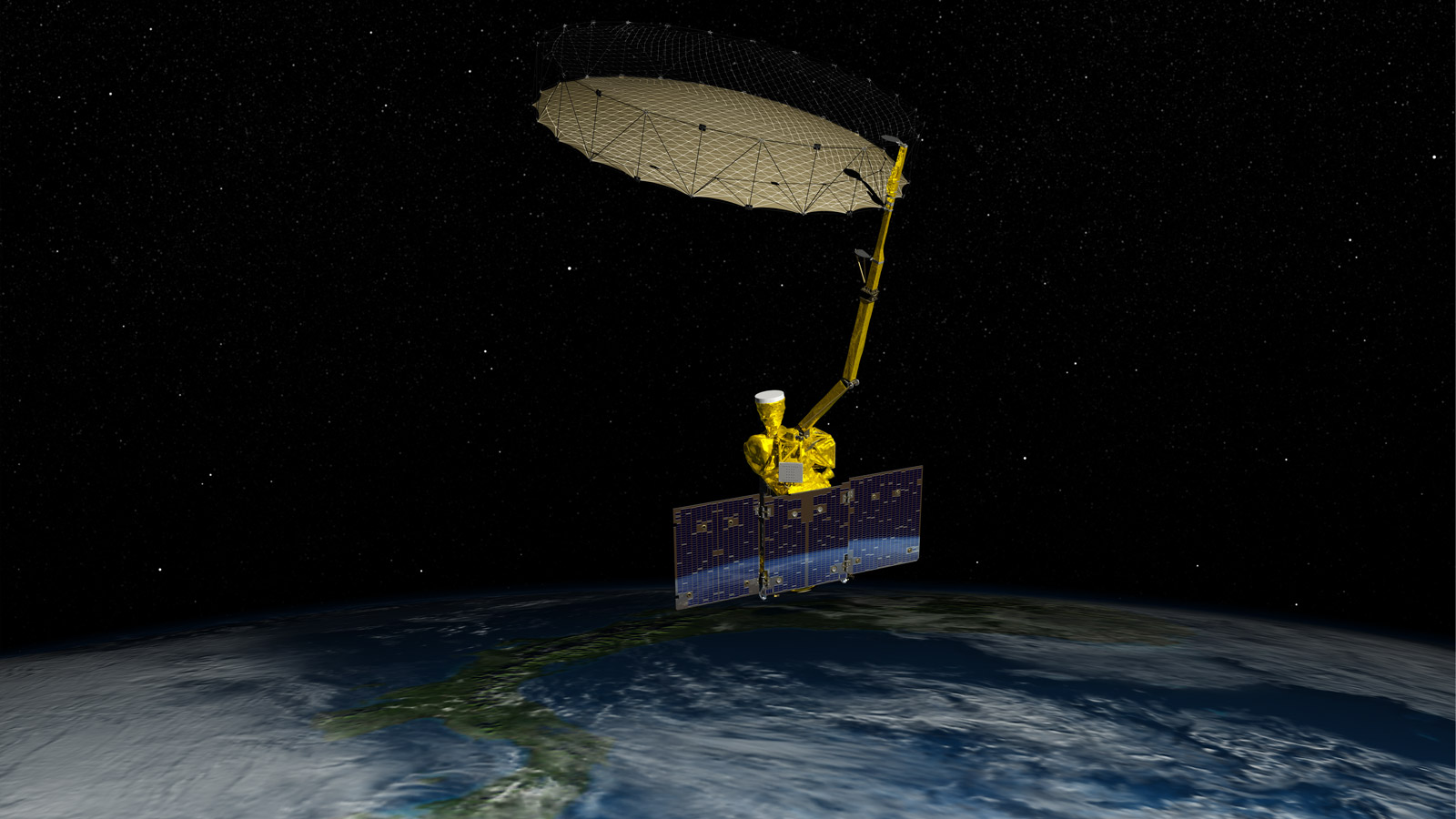On Dec. 18, 2018, a large “fireball” – the term used for exceptionally bright meteors that are visible over a wide area – exploded about 16 miles (26 kilometers) above the Bering Sea. The explosion unleashed an estimated 173 kilotons of energy, or more than 10 times the energy of the atomic bomb blast over Hiroshima during…
Pulsar Web Could Detect Low-Frequency Gravitational Waves
The recent detection of gravitational waves by the Laser Interferometer Gravitational-Wave Observatory (LIGO) came from two black holes, each about 30 times the mass of our sun, merging into one. Gravitational waves span a wide range of frequencies that require different technologies to detect. A new study from the North American Nanohertz Observatory for Gravitational…
NASA Soil Moisture Radar Ends Operations, Mission Science Continues
Mission managers for NASA’s Soil Moisture Active Passive (SMAP) observatory have determined that its radar, one of the satellite’s two science instruments, can no longer return data. However, the mission, which was launched in January to map global soil moisture and detect whether soils are frozen or thawed, continues to produce high-quality science measurements supporting…



